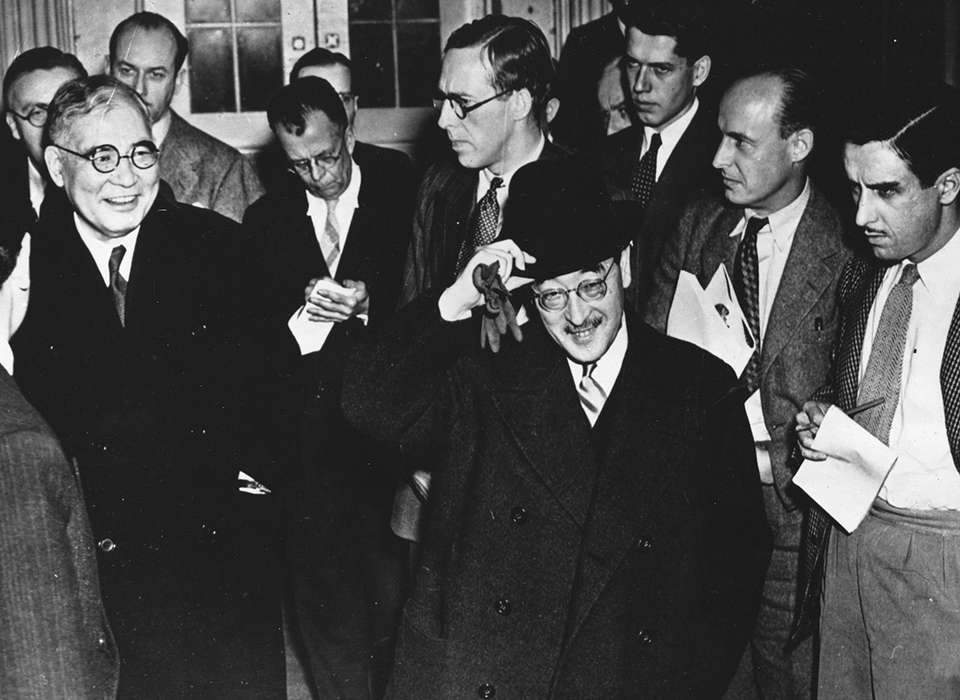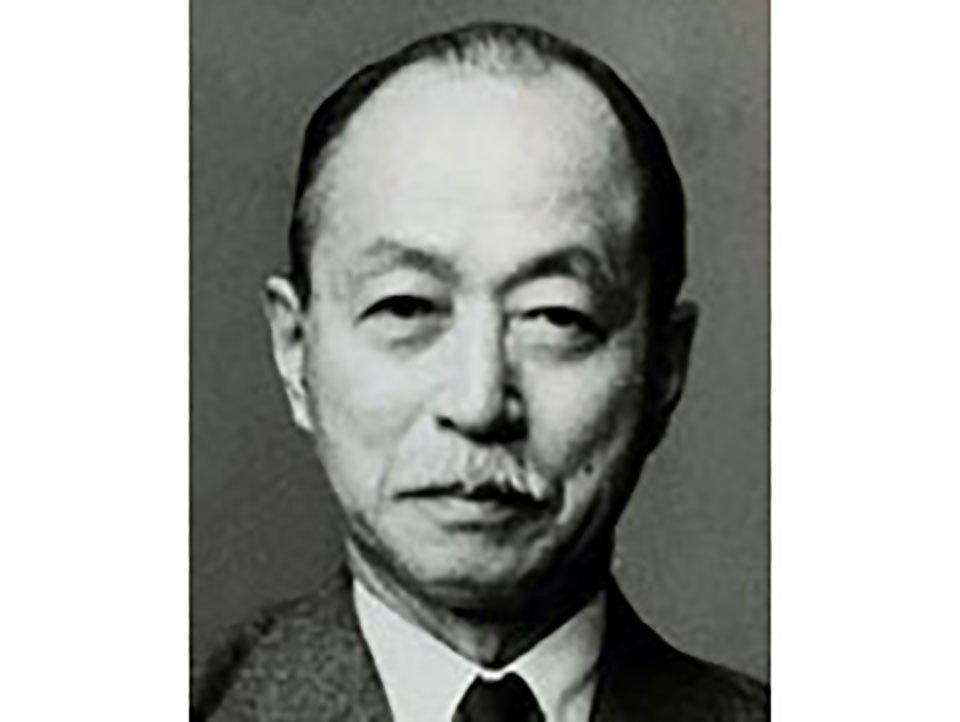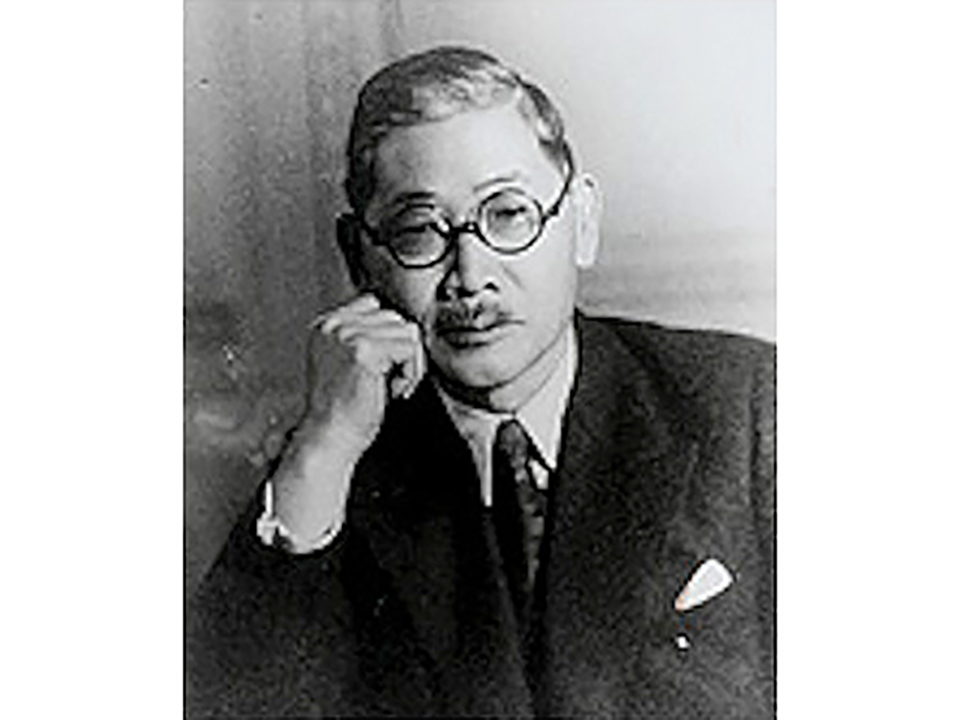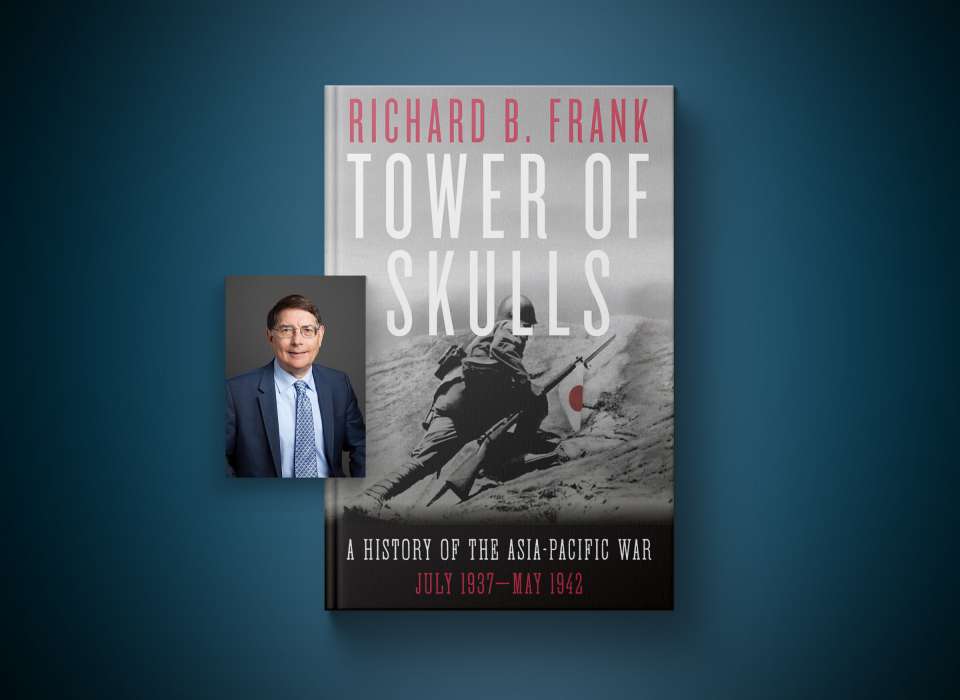Top Image: Japanese envoys in Washington, D.C., December 1941. Courtesy of the US National Archives.
Naotake Sato, a former foreign minister, served as Japan’s ambassador to the Soviet Union in 1945. In Moscow he existed beyond lethal reach by the most fanatical elements of Japan’s armed forces and thus could speak candidly. But he performed one astonishing other role: as a remorseless attorney on behalf of the US government, ruthlessly exposing the pathos and folly of Japan’s feeble diplomacy in 1945.
Sato explained his duty as he saw it: “my first responsibility [is] to prevent the harboring of illusions which are at variance with reality.” The critical illusion his cables exposed is the myth that Japan’s leaders were near to ending the war by diplomacy prior to Hiroshima. Moreover, American code breaking delivered to American leaders, starting with President Harry S. Truman, Sato’s withering cross examination of Japanese diplomacy in his cables with Foreign Minister Shigenori Togo in Tokyo.
The sole Japanese diplomatic effort sanctioned by the key Japanese leadership was to secure the Soviet Union as a mediator to negotiate an end to the war. That effort ran through Sato. Decoded Japanese cables made American leaders fully aware that none of the Japanese diplomatic or military representatives in Europe who presented themselves as seeking peace on behalf of Japan carried actual sanction.
Japan’s one authorized diplomatic initiative required two things: 1) concessions that would enlist the Soviets as mediators; and 2) Japanese terms to end the war. Sato relentlessly exposed the fact that Japan never completed either of these two fundamental steps.
When Togo presented a pledge not to retain Japan’s conquests as “concessions” to secure Soviet mediation, Sato’s scathing reply was “How much effect do you expect our statements regarding the non-annexation and non-possession of territories which we have already lost or are about to lose will have on the Soviet authorities?” He added that mere “abstract statements” on concessions, which he slammed as
“pretty little phrases devoid of all connection with reality,” would have no impact on “extremely realistic” Soviet authorities.
And he then inserted the knife thrust: “If the Japanese empire is really faced with the necessity of terminating the war, we must first of all make up our minds to terminate the war.” Sato thus charged that Japan’s leaders still lacked a real intent to end the war.
Togo’s reply acknowledged that Tokyo knew securing Soviet services for a proposal to send Prince Fumimaro Konoe, a former prime minister, to Moscow for talks would be difficult. Togo affirmed that Japan would not accept anything like unconditional surrender. Konoe represented the will of the emperor and he would have “positive intentions” to “negotiate details” to set up “a cooperative relationship between Japan and Russia.” Again, Togo only offered more of the “pretty little phrases” Sato had condemned.
Sato then went for the jugular. He insisted that the crucial proof that Japan seriously sought an end to the war would be a statement of Japan’s peace terms. Togo could not provide terms because even within the tiny inner circle who authorized the Soviet initiative, there was never serious discussion, much less agreement, on actual Japanese terms to end the war. This was clear both from Togo’s inability to present such terms to Sato and confirmed in post-war interviews with key officials who admitted they never agreed on concessions to obtain Soviet mediation, much less peace terms.
An impassioned Sato replied with his most significant message: the best hope for Japan at this point was unconditional surrender, modified only to the extent that the imperial house would be retained. Togo shot back a reply that this was wholly unacceptable. He provided not even a hint that preservation of the imperial system would be a positive step. The editors of the daily newsletter disclosing these messages to American leaders recognized the extreme importance of this exchange and made clear the import of Togo’s cable.
Buttressing the Sato-Togo exchange, Joseph C. Grew, the American deemed to possess the best insight into Japan based on his long service as ambassador to that country, assessed the weight to be accorded Konoe’s mission to Moscow. Grew supported the interpretation that the Konoe initiative was not a real effort for peace, but only a ploy to stave off defeat by playing on American war weariness. On July 27, an analysis attached to the daily summary of diplomatic intercepts for top American leaders affirmed that collectively all the intercepts—diplomatic and military read together demonstrated that Japan was nowhere near peace, but placing total faith in the great counter-invasion battle. As late as August 7, the day after Hiroshima, Grew still believed the militarists remained in firm control of Japan and thus peace was not near.
Thus, Sato’s withering cross examination by cable, not just hindsight, validates the dismissal by American leaders of Japan’s sole authentic diplomatic initiative in 1945, the totally ineffectual approach to the Soviets.
Meet the Author
Richard B. Frank is an internationally renowned expert on the Pacific war. After graduating from the University of Missouri, he was commissioned in the US Army, in which he served for nearly four years, including a tour of duty in the Republic of Vietnam as an aero rifle platoon leader with the 101st Airborne Division.
Frank completed studies at Georgetown University Law Center in Washington, DC. Soon afterwards he began research on his first book, Guadalcanal: The Definitive Account of the Landmark Battle, which was published in 1990 and won the US Marine Corps’ General Wallace M. Greene Award.
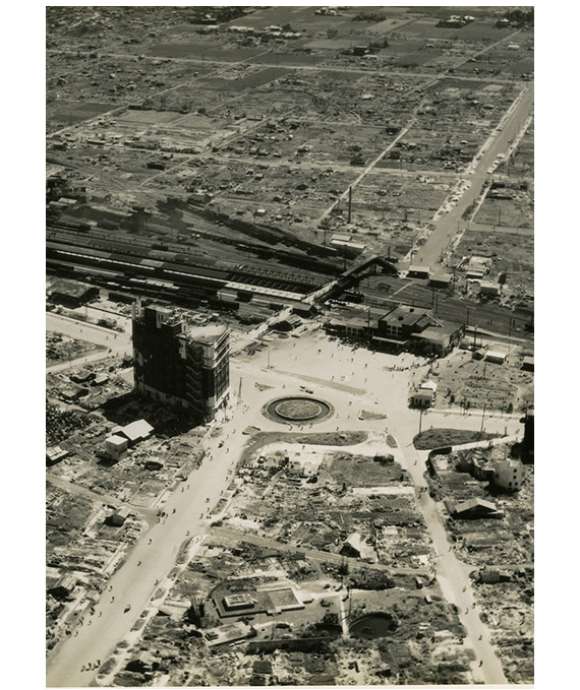
The Horribles: American Strategic Options Against Japan in 1945
American strategic options for ending the war against Japan in 1945 offered a choice of horrible possibilities.
This article is part of an ongoing series commemorating the 75th anniversary of the end of World War II made possible by Bank of America.
Cite this article:
MLA Citation:
APA Citation:
Chicago Style Citation:
